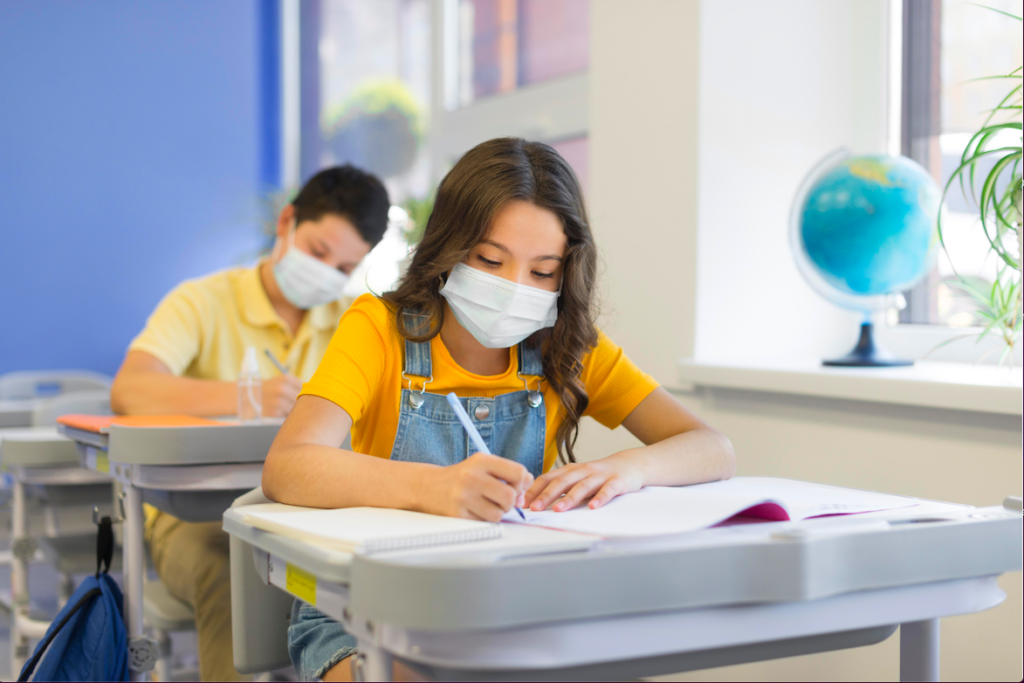It’s no secret that this school year is going to look much different than the rest. With the pandemic still in full swing, the decision to return to traditional schooling was a hard choice for superintendents statewide. Do they risk the spread of the virus despite taking precautions, or do they risk the state of many families’ mental health and home lives? Ultimately, many decided, students need the structure that schools provide. Not all parents are equipped to discipline and educate simultaneously, whether they choose not to or don’t have the means to.
For students, that means a wave of change is coming soon. Some may be excited, some may be anxious and some may be angry to go back after a five-month vacation and follow a new set of unconventional rules.
So, how do we make sure our kids are dealing with the transition from online to in-person with the least amount of stress possible to help them stay safe and stay sane?
Staying Safe
- Get your masks early and have your student start wearing them around the house for extended periods of time before school starts. Bonus tip: the more fun the color or print on the mask, the more likely kids are to keep them on.
- Teach your kids to wash their hands by singing happy birthday twice, or by giving them another 20 second portion of a song they normally like to sing along to.
- If your student is young, they probably don’t understand what the “six feet” rule really means. Show them the distance by measuring it together with a ruler and tell your child that when possible, this is how far apart they should stay from teachers, classmates and friends.
- Make sure your students are up to date on their vaccinations.
Staying Sane
- Be honest with your kids. Inform them about the virus and share the importance of staying safe so as to not get sick and potentially infect others. Stay calm as you explain no matter how anxious you may be yourself — educate, but don’t instigate fear!
- Check in with your kids often, as they’ll likely have a lot of questions. Answer them as best you can, and in turn, ask them their own thoughts about the situation to see how they’re adapting to the new schooling style regularly. The key here is open conversation.
- Don’t: expect everything to go perfectly. Do: prepare for some complaining, anxiety, trial and error and a relatively bumpy road ahead for your student the first few months. Whether they’re a kindergartner or a senior in high school, these are some big changes being made to their school year heightened by five months of virtual learning and summer break.
And as for you, mom or dad — stay patient, stay informative, stay optimistic and stay safe!


Recent Comments